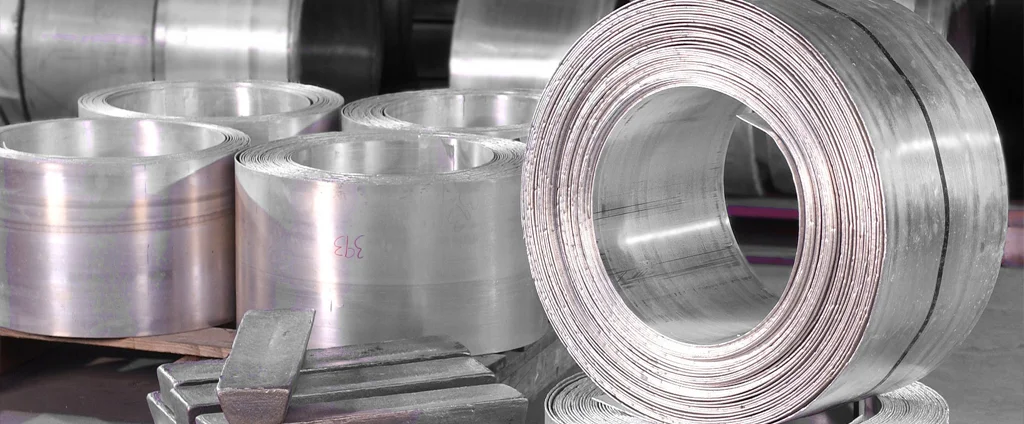Magnesium AZ80A-T4 (UNS M11800)

Magnesium AZ80A-T4 is a heat-treated, high-strength magnesium alloy valued for its excellent strength-to-weight ratio, corrosion resistance, and castability. Commonly used in aerospace and automotive industries, this alloy combines lightweight performance with mechanical durability, making it ideal for demanding engineering applications.
| Chemical Composition | ||
|---|---|---|
| Element | Min | Max |
| Magnesium | —— | Remainder |
| Aluminum | 8.0% | 9.0% |
| Zinc | 0.5% | 1.0% |
The following table provides a list of magnesium AZ80A-T4 properties in both SI and US customary/Imperial units.
Click on the button to switch between Metric and Imperial units.
| Physical Properties | Metric |
|---|---|
| Density | 1810 kg/m3 |
| Mechanical Properties | Metric |
| Tensile Strength (Ultimate) | 330 - 380 MPa |
| Tensile Strength (Yield) | 230 - 275 MPa |
| Elongation at Break | 6 - 11% |
| Brinell Hardness | 67 - 80 |
| Thermal Properties | Metric |
| Melting Point | 475 - 610 °C |
| Solidus | 475 °C |
| Liquidus | 610 °C |
| Thermal Conductivity | 84 W/m·K |
| Specific Heat Capacity (Cp) | 1050 J/kg·K |
| Coefficient of Thermal Expansion (αL) | 27.2 1/°C |
| Electrical Properties | Metric |
| Electrical Resistivity | 1.45×10-5 Ω·cm |
The values in this table are approximate and can vary depending on various factors such as the specific manufacturing process and heat treatment applied to the alloy.
Advantages & Disadvantages of Magnesium AZ80A-T4
| Advantages | Disadvantages |
|---|---|
| High strength-to-weight ratio | Flammability |
| Good corrosion resistance | Limited temperature range |
| Excellent castability | Susceptible to corrosion in certain environments |
| Enhanced mechanical properties | Higher cost |
| Good dimensional stability | Machining challenges |
Applications of Magnesium AZ80A-T4
Thanks to its strength, lightweight properties, and castability, magnesium AZ80A-T4 is used in multiple industries, including:
- Automotive Components: The lightweight nature makes it ideal for automotive applications. It is commonly used in engine components, transmission cases, intake manifolds, steering columns, and structural parts.
- Aerospace Industry: Utilized in aerospace applications where weight savings are critical. It can be found in aircraft components such as seat frames, instrument panels, gearbox housings, and structural parts. However, use in aerospace requires careful consideration due to flammability concerns.
- Electronics and Consumer Goods: The excellent castability makes it suitable for producing intricate and lightweight parts used in electronic devices and consumer goods. It can be used in the manufacturing of laptop cases, smartphone frames, camera bodies, and other electronic housings.
- Sports Equipment: The high strength-to-weight ratio makes it suitable for sports equipment applications. It is commonly used in lightweight bicycle frames, golf club heads, tennis rackets, and other sporting goods that require a combination of strength and low weight.
- Industrial Machinery: The enhanced mechanical properties make it suitable for various industrial machinery applications. It can be used in machine frames, tooling, die-casting molds, and other components where weight reduction, strength, and dimensional stability are important.
